Story and photos by Sharon King Hoge
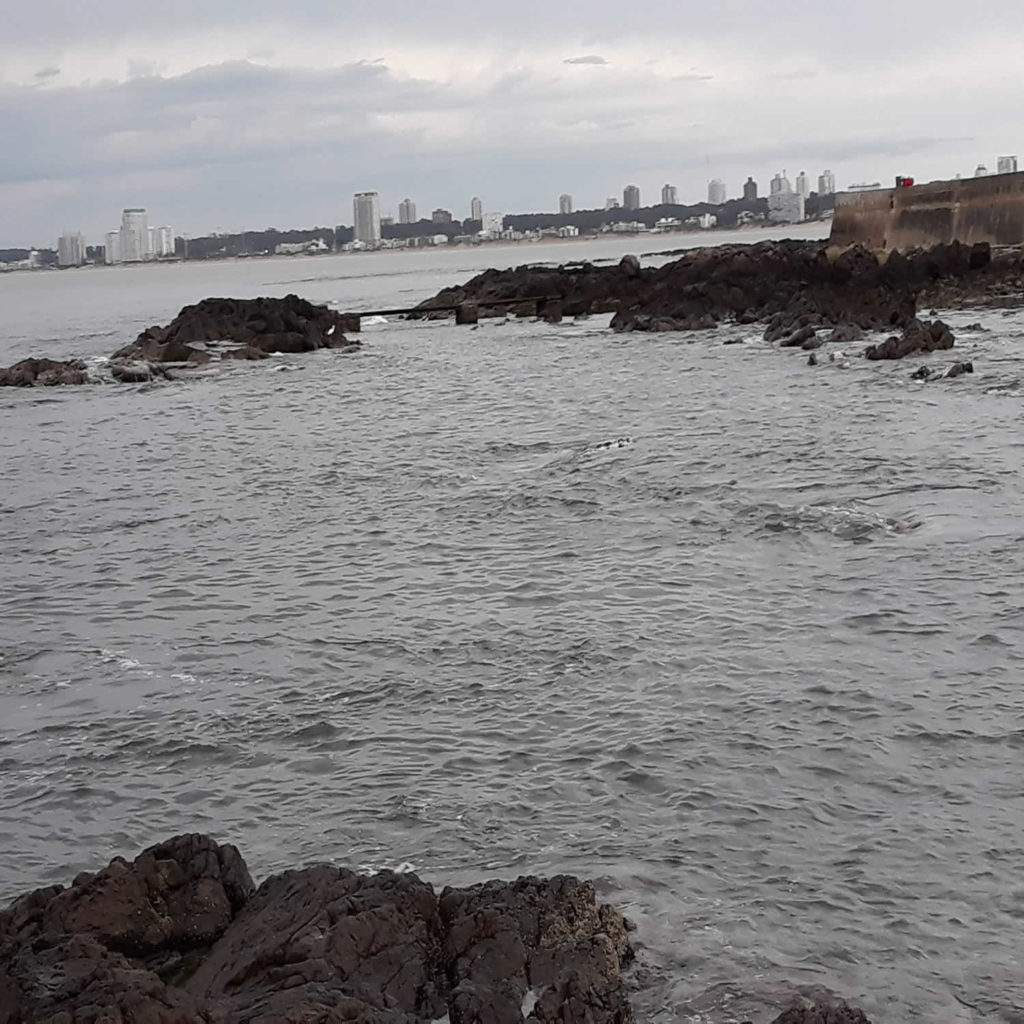
Punte del Este dominates Uruguay’s tourist coverage, and the renowned resort town still offers stretches of sandy beach ringing its wealth of hi-rise accommodations. But visitors shouldn’t overlook the country’s other assets. Aside from beaches, the country sandwiched between Brazil and Argentina features hot springs, spas, dude ranches, colonial charm, and the urban offerings of the capital Montevideo.
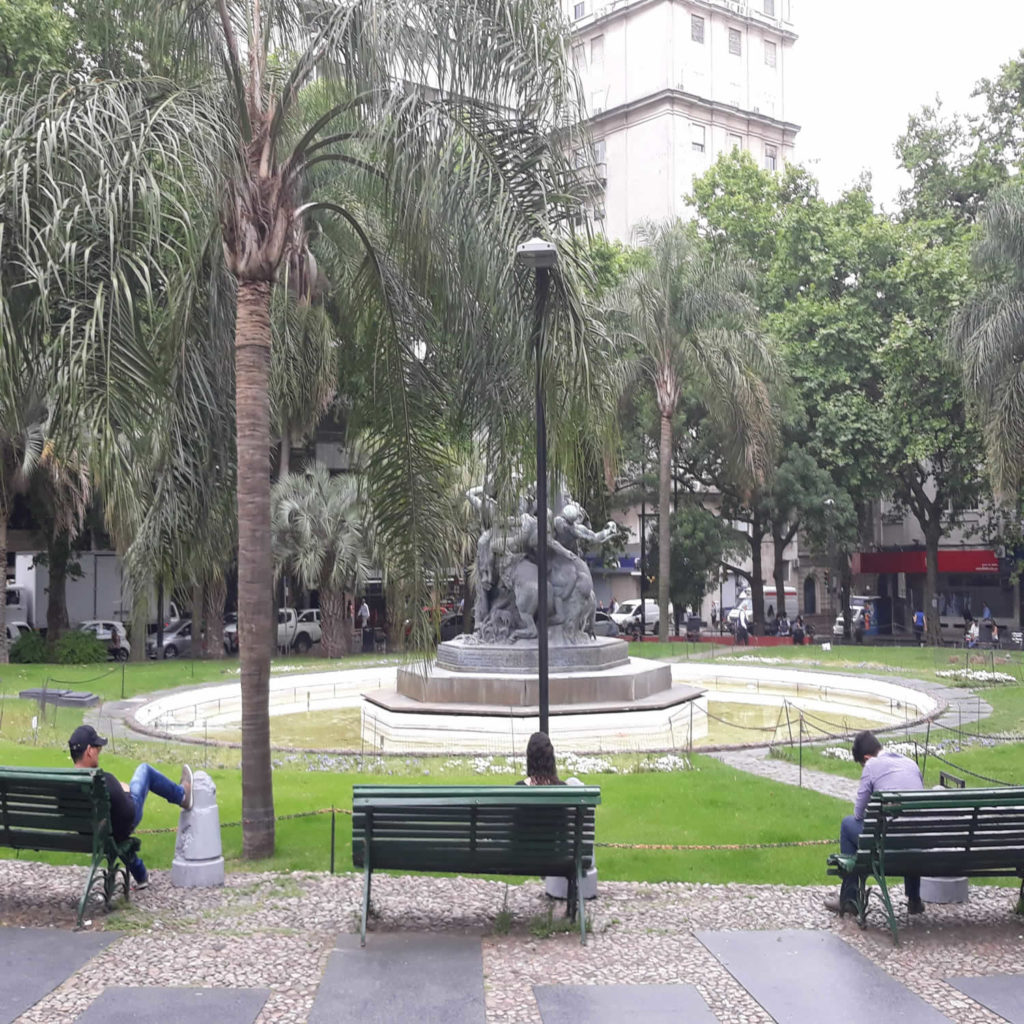
Reminiscent of Punte del Este before its “discovery,” a few miles south lies San Jose Ignacio, a few square blocks of charming, dusty beach town, enhanced with the sound of tweeting birds and the scent of fragrant blossoms. Cottages and houses can be rented but the highlight is the ultra modern hotel Playa Vik, an iconic “anti-gravity” trapezoid structure anchoring guest rooms with different distinct motifs.
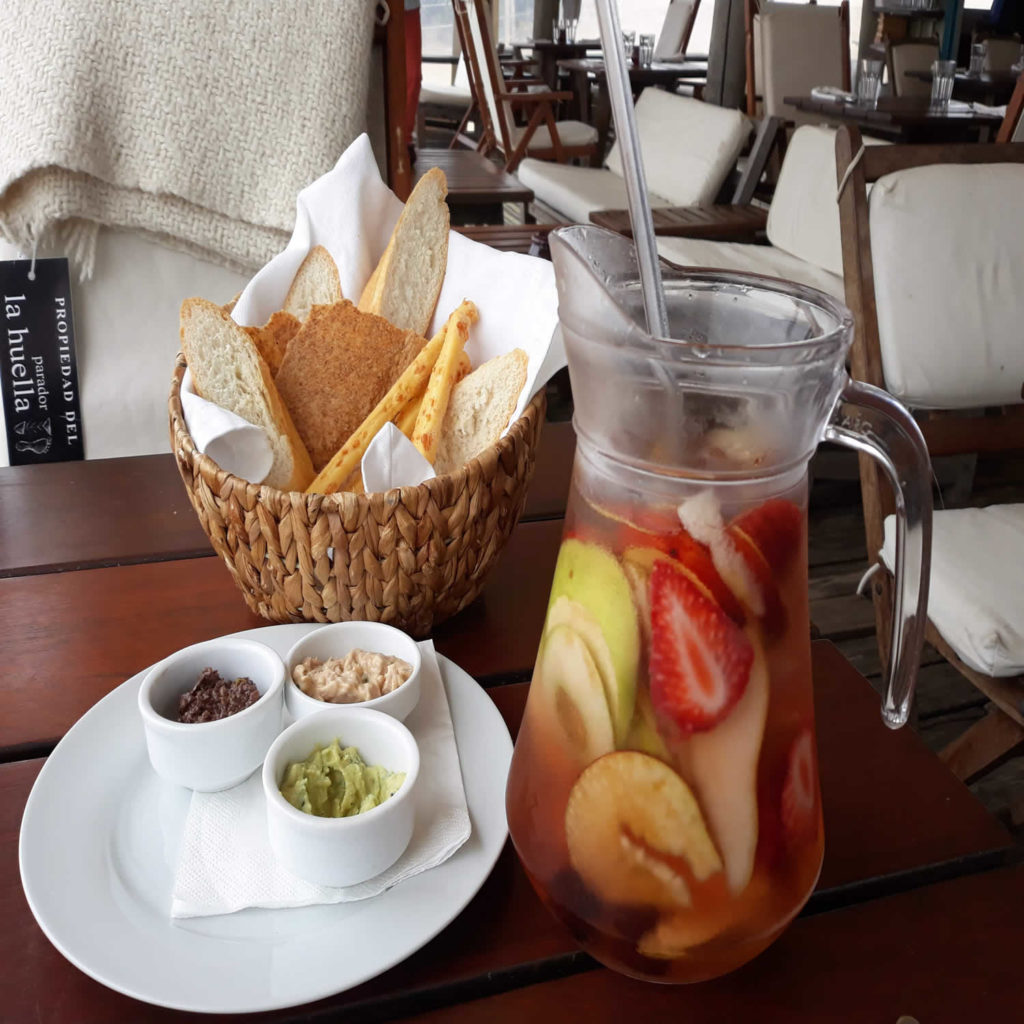
A destination goal in San Jose is a meal at La Huella. Perched right on the sand, its airy porch and rooms are furnished with comfortable couches and the acclaimed menu features grilled octopus washed down with a pitcher of white Sangria.
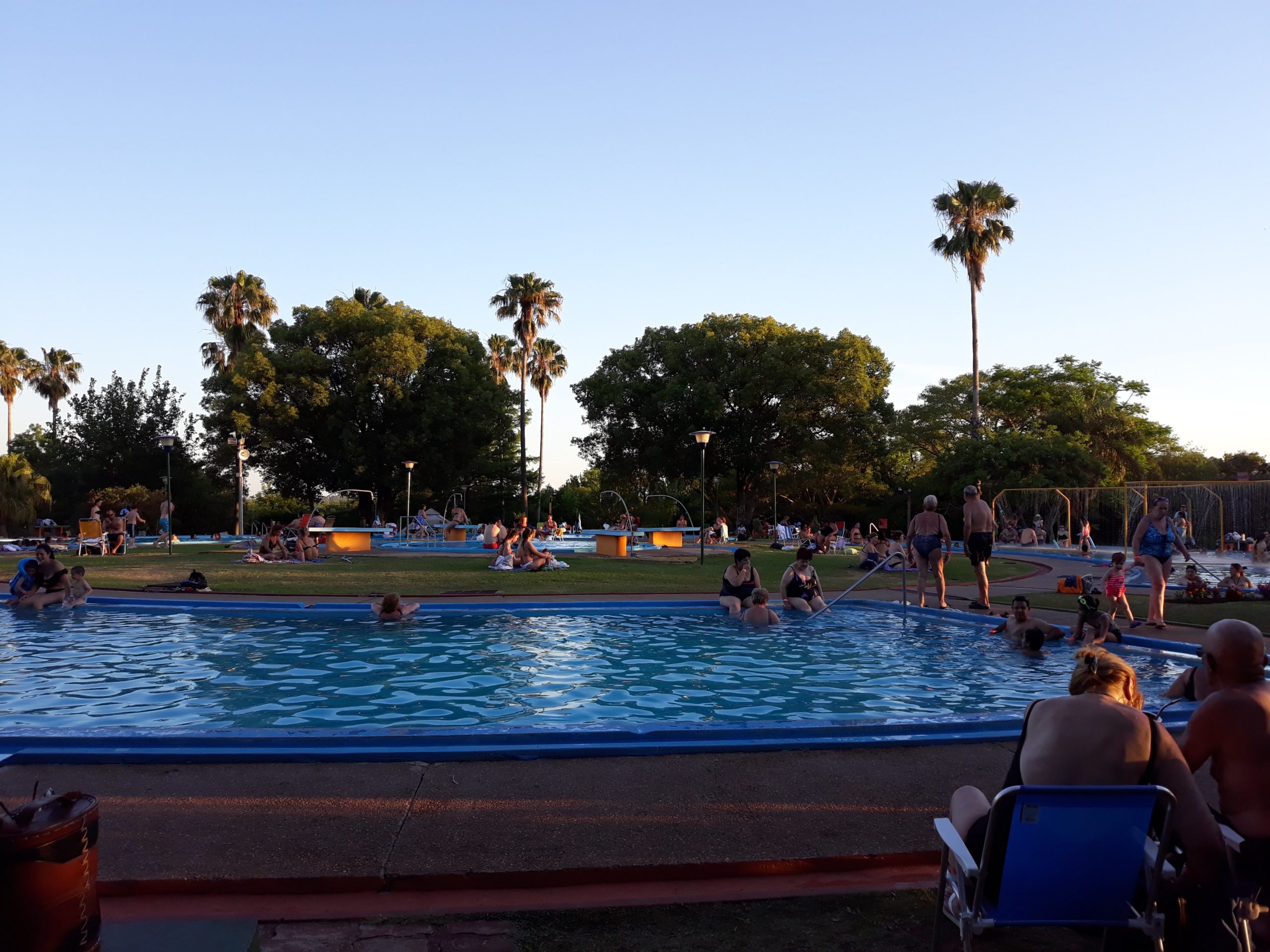
Opting for alternative “water relaxation,” I opted to travel north to the hot springs of the spa town of Dayman. It is quite a place – a mammoth green park interspersed with several varieties of large swimming pools filled with water of different temperatures equipped with various types of sprays and showers to stand in or swim through. The public changing rooms are clean but open plan. It’s more comfortable to stay in one of the surrounding hotels which provide private facilities and specialized thermal treatments.
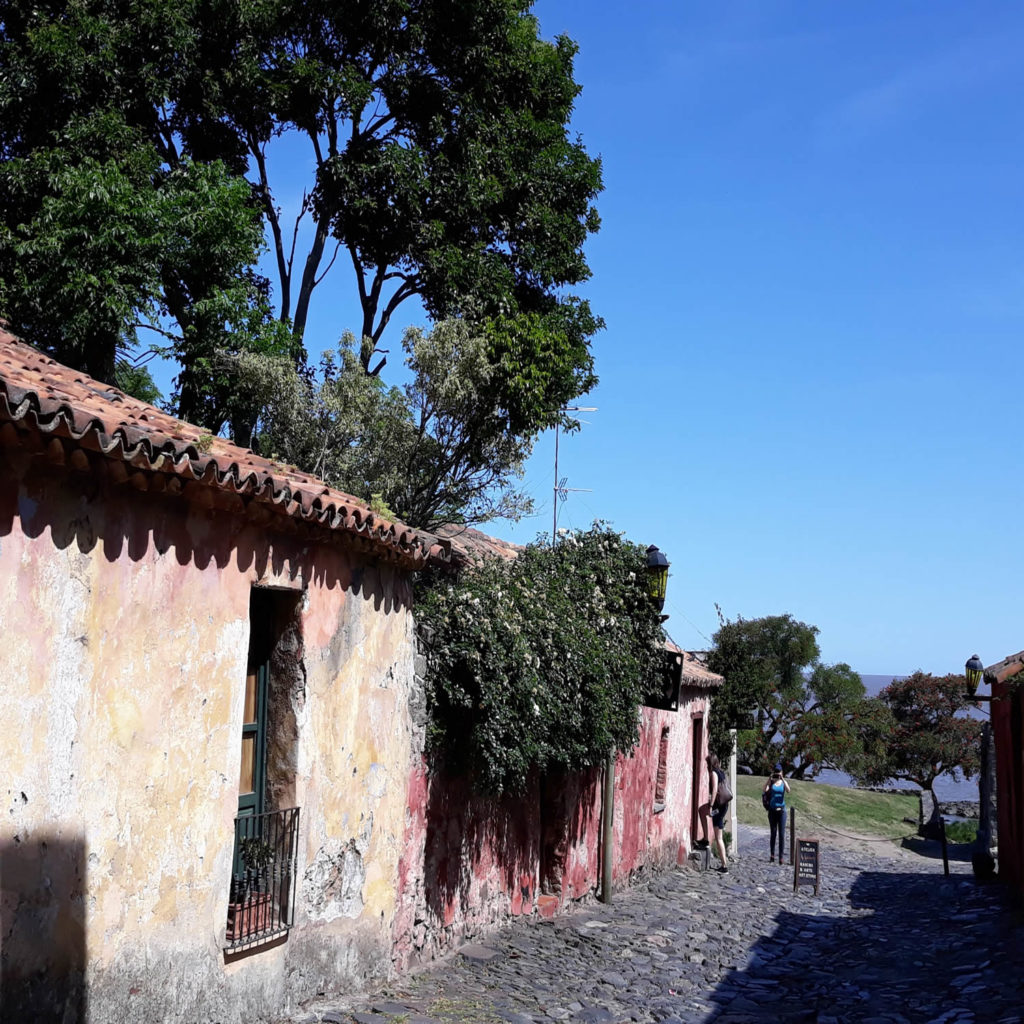
Situated on the Rio de la Plata, where it is a popular ferry destination from Buenos Aires, is picturesque Colonia del Sacramento. A UNESCO World Heritage site dating from 1680 the cobbled streets of its quaint Barrico Historico are the setting for ancient stucco structures housing museums that exhibit colonial artefacts, brilliant hued tiles, fossils, pottery. Surrounding the waterfront district are cafes, bars, restaurant where it’s opportune to sample the staple chivito, a steak sandwich piled with egg, cheese, lettuce, tomato, olives, pickles, peppers, mayonnaise — it amounts to three meals in one. Open air waterside bars offer dramatic views of the country’s best sunsets.
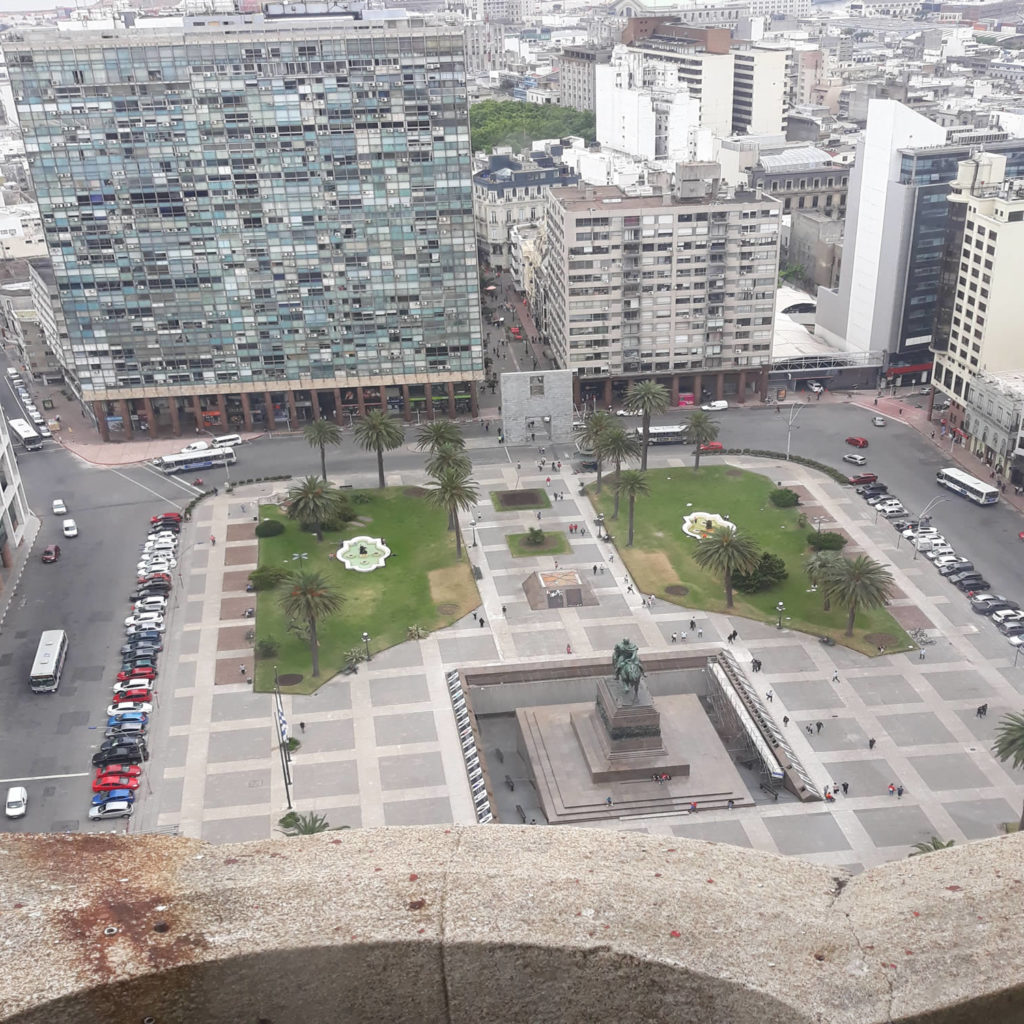
The faded elegance of Montevideo is a highlight. Old and new sections of town are separated by the Plaza Independencia, green plots showcasing a stately mausoleum of the national hero Jose Gervasio Artigas. The Tango Museum and the jumbled skyscraper Palacio Salvo, once the tallest building in South America, anchor the east side and just around the corner is the landmark Teatro Soltis opera house. A pedestrian walkway leads from the Plaza toward the harbor past stores and vendors until reaching the fanciful iron Mercado del Puerto with restaurants, stalls selling souvenirs, and performing street musicians.
I opted to stay at the charming Palacio Hotel, a throwback with an open iron elevator where my top floor room opened into a terrace overlooking the charming old part of town. More standard is the Radisson Montevideo Victoria Plaza Hotel situated right on Plaza Independencia, with several restaurants, a casino, and a spa which includes an indoor jogging track, twenty times around equals a mile.
Two things I missed for lack of time were a visit to uphill ranch country and a stay at Pueblo Garzon, a charming farm village where famous Argentine chef Francis Mallmann has opened an exclusive five-room hotel and restaurant. They are two good reasons to return to a country I’ll gladly revisit.
